


This is a new family distinct from canonical ChRs with a novel transport mechanism🦠—paving the way for future multi-wavelength optogenetics! 🔬
www.pnas.org/doi/full/10....
#OpenAccess
www.cell.com/biophysj/abs...
@BiophysJ

www.cell.com/biophysj/abs...
@BiophysJ
frontiersin.org/journals/pla...
#OpenAccess


frontiersin.org/journals/pla...
#OpenAccess
pubs.acs.org/doi/10.1021/...
@acs.org #OpenAccess

pubs.acs.org/doi/10.1021/...
@acs.org #OpenAccess

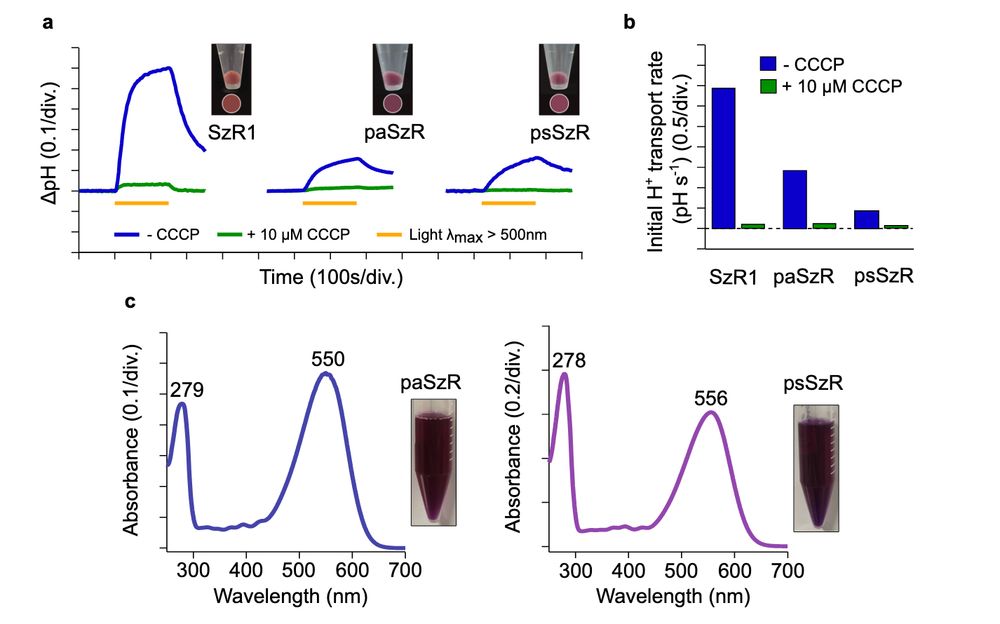
doi.org/10.1101/2025...
👇
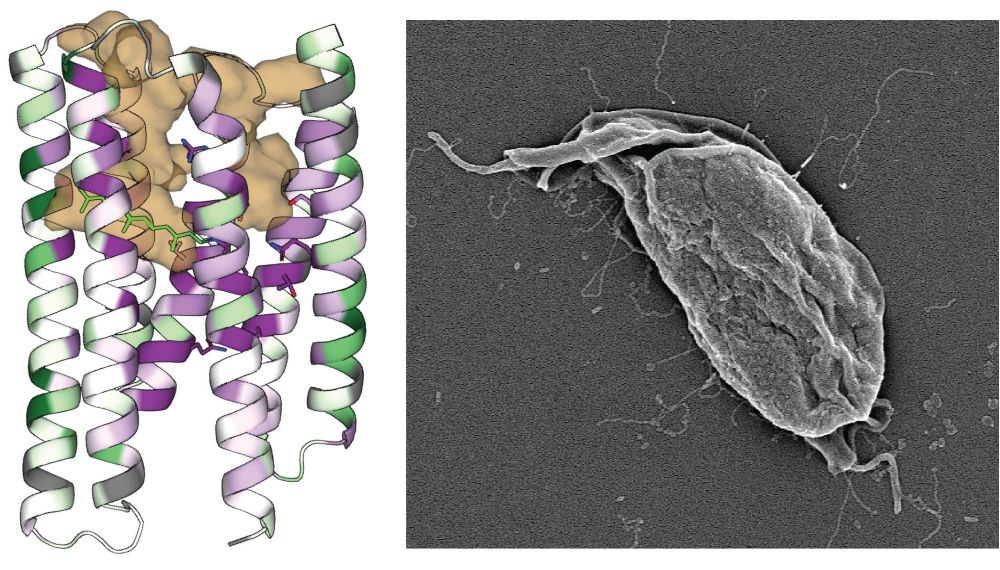
doi.org/10.1101/2025...
👇


This is a new family distinct from canonical ChRs with a novel transport mechanism🦠—paving the way for future multi-wavelength optogenetics! 🔬
www.pnas.org/doi/full/10....
#OpenAccess



This is a new family distinct from canonical ChRs with a novel transport mechanism🦠—paving the way for future multi-wavelength optogenetics! 🔬
www.pnas.org/doi/full/10....
#OpenAccess
www.nature.com/articles/s41...

www.nature.com/articles/s41...
www.jstage.jst.go.jp/article/biop...
@bejalab.bsky.social

www.jstage.jst.go.jp/article/biop...
@bejalab.bsky.social
Chair- Massimo Olivucci,
Co-Chair- Kwang-Hwang Jung
www.congressi.unisi.it/retinalprote...

Chair- Massimo Olivucci,
Co-Chair- Kwang-Hwang Jung
www.congressi.unisi.it/retinalprote...
), highlighting its long-wavelength absorption and ion conductance:
biorxiv.org/content/10.1...
Many thanks to our wonderful lab members and collaborators!


), highlighting its long-wavelength absorption and ion conductance:
biorxiv.org/content/10.1...
Many thanks to our wonderful lab members and collaborators!

www.biorxiv.org/content/10.1...

www.biorxiv.org/content/10.1...

Carotenoids enhance rhodopsin function as light-harvesting antennae and photocycle-accelerating pigments, a dual mechanism enhancing light energy capture and expanding microbial phototrophy.
#MicroSky
@labinoue.bsky.social @susumu31.bsky.social
www.nature.com/articles/s41...

Carotenoids enhance rhodopsin function as light-harvesting antennae and photocycle-accelerating pigments, a dual mechanism enhancing light energy capture and expanding microbial phototrophy.
#MicroSky
@labinoue.bsky.social @susumu31.bsky.social
www.nature.com/articles/s41...
Key discoveries (using isolated cultures from the research cruise Mirai MR10-01 — personally, this is super exciting🔥):
www.nature.com/articles/s41...

Key discoveries (using isolated cultures from the research cruise Mirai MR10-01 — personally, this is super exciting🔥):
www.nature.com/articles/s41...

www.nature.com/articles/s41...
@natcomms.nature.com

www.nature.com/articles/s41...
@natcomms.nature.com
www.nature.com/articles/s42...

www.nature.com/articles/s42...
www.nature.com/articles/s41...
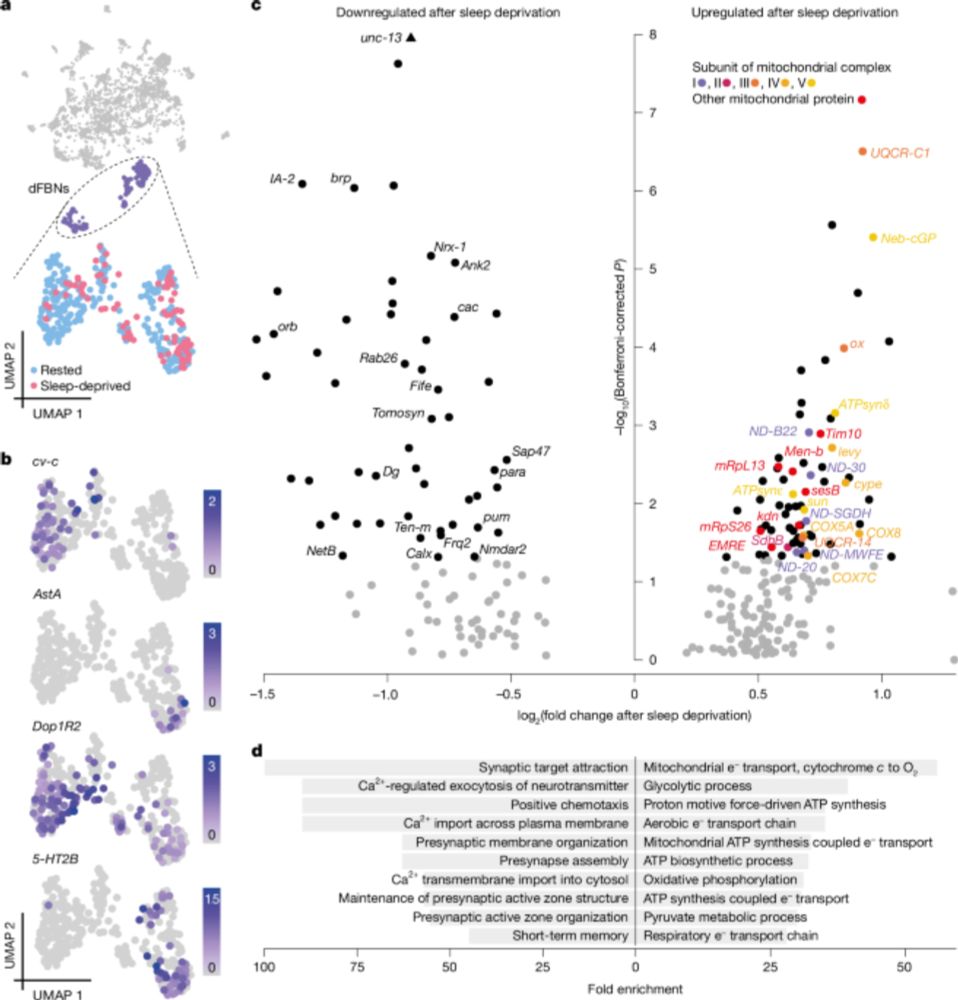
www.nature.com/articles/s41...
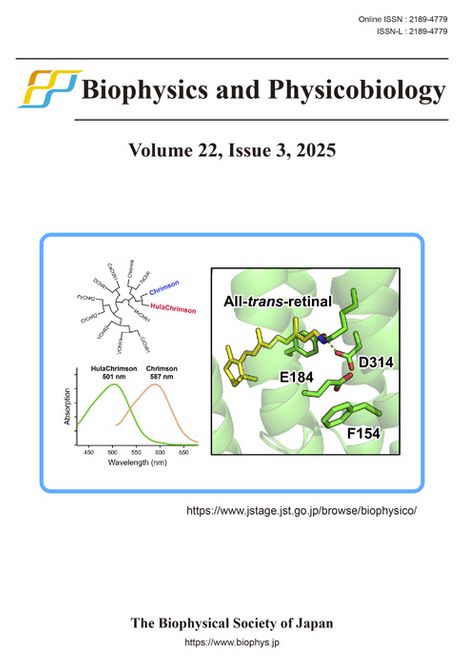
pubs.acs.org/toc/jpclcd/1...
www.biophys.jp/biophysics_a...
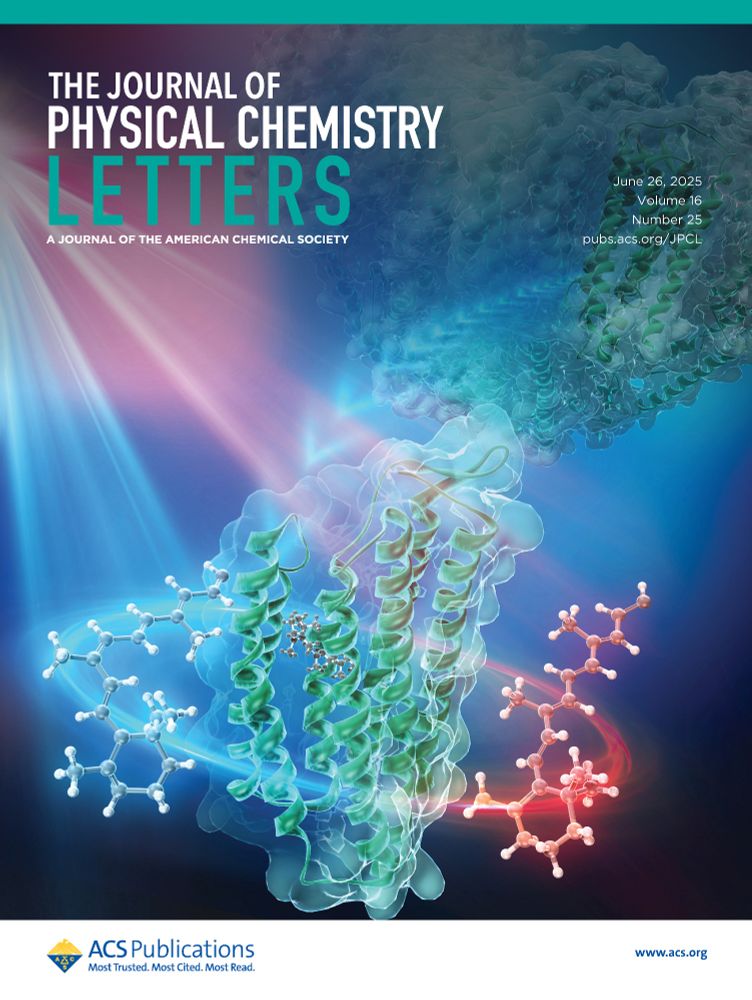
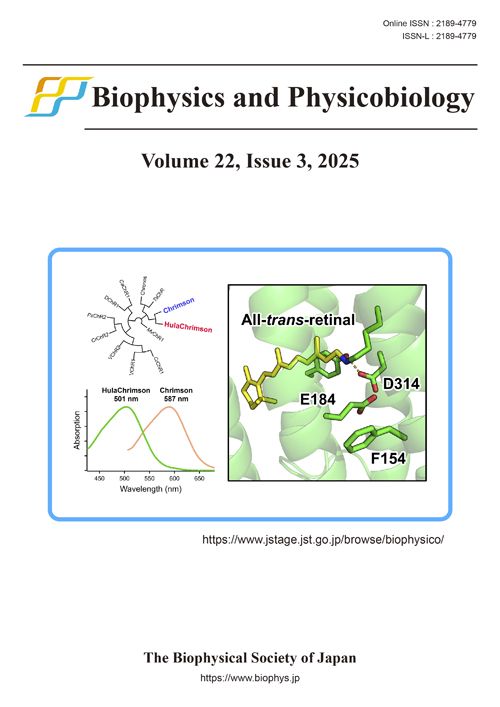
pubs.acs.org/toc/jpclcd/1...
www.biophys.jp/biophysics_a...


